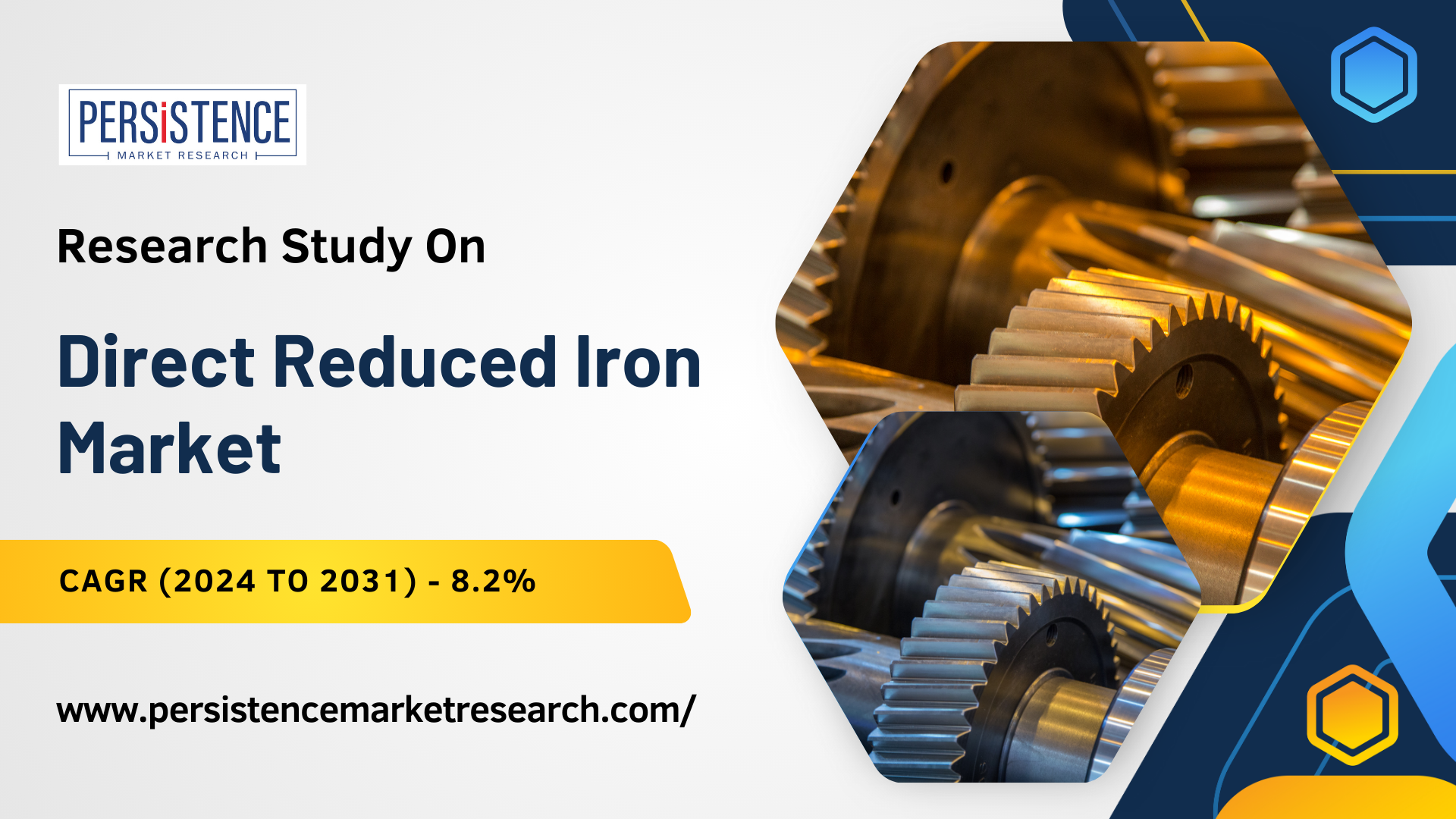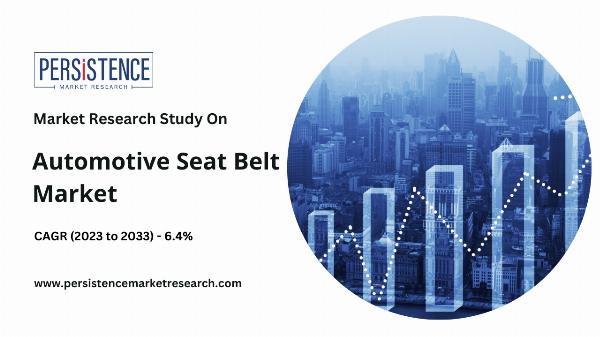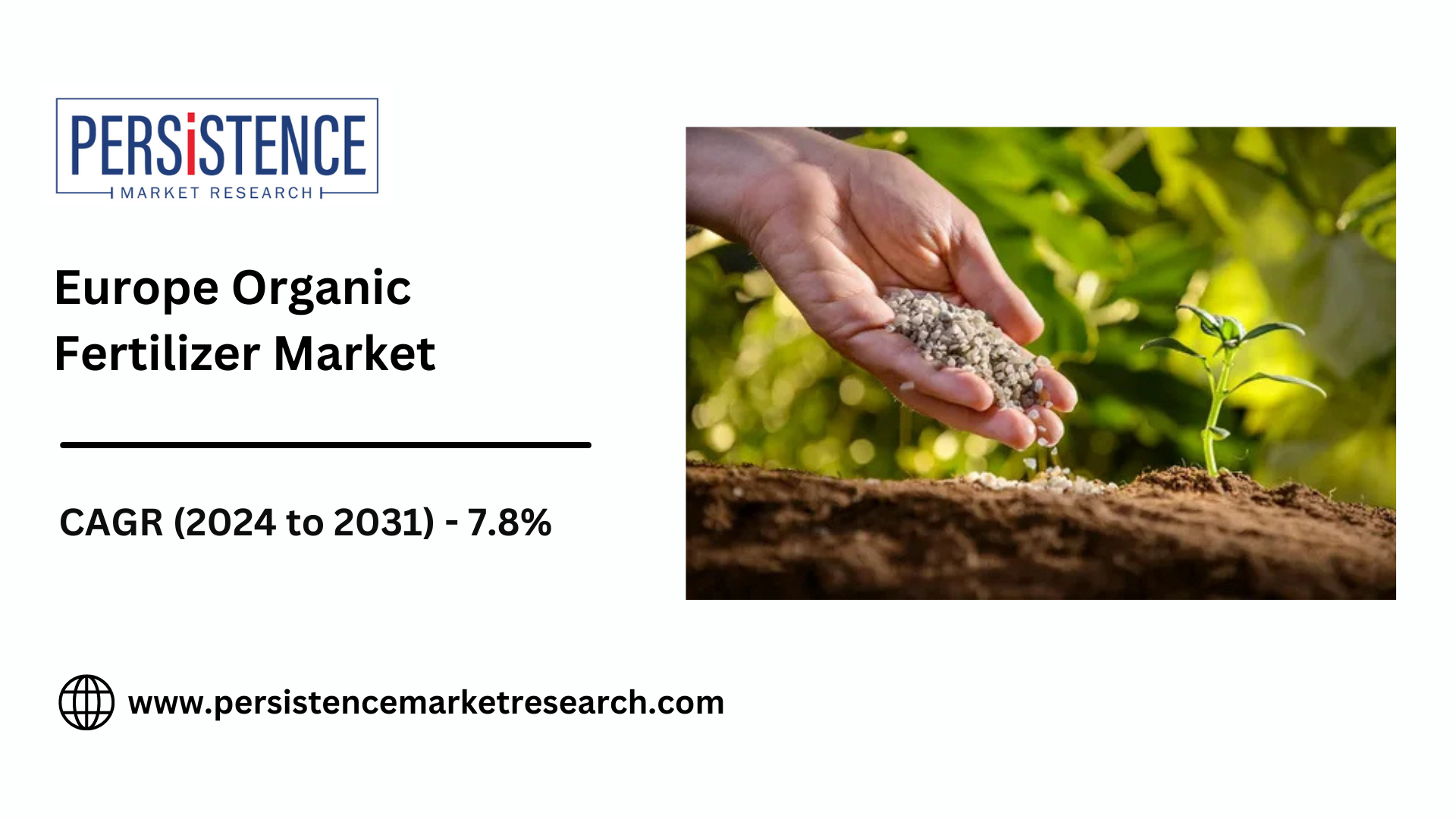Asia-Pacific Dominates Direct Reduced Iron Market by 2031

Strong 8k brings an ultra-HD IPTV experience to your living room and your pocket.
The direct reduced iron (DRI) market is projected to grow significantly, with an anticipated compound annual growth rate (CAGR) of 8.2%, increasing from US$42.1 billion in 2024 to US$72.9 billion by 2031. Key factors driving this growth include the rising demand for steel due to infrastructure development and industrialization, alongside the steel industry's push to lower carbon emissions, with green hydrogen applications in DRI production contributing to this goal. Notably, India is leading the market with a CAGR of 12.5%, while the U.S. market is expected to show a remarkable 13.4% CAGR through 2031. Additionally, the top four countries are projected to account for approximately 70% of the revenue share in 2024.
The Direct Reduced Iron (DRI) market is witnessing significant transformation, with the Asia-Pacific region emerging as a dominant player in the industry. Driven by increasing steel demand, technological advancements, and a focus on sustainable practices, Asia-Pacific is set to lead the DRI market by 2031. This article explores the factors contributing to this growth and highlights the region's pivotal role in shaping the future of the DRI market.
Rapid Industrialization and Urbanization
One of the primary factors driving the DRI market in the Asia-Pacific region is rapid industrialization and urbanization. Countries like China and India are experiencing unprecedented economic growth, leading to increased demand for steel in construction, infrastructure, and automotive sectors.
As urban populations continue to rise, the need for robust infrastructure and housing has become paramount. This surge in construction activities has created a robust demand for steel, positioning DRI as a key input material for manufacturers. The high-quality steel produced using DRI not only meets the evolving requirements of the industry but also aligns with sustainability goals, further driving its adoption.
Growing Adoption of Electric Arc Furnaces (EAFs)
The shift towards Electric Arc Furnaces (EAFs) is another significant trend fueling the growth of the DRI market in Asia-Pacific. EAFs are becoming increasingly popular due to their flexibility, lower energy consumption, and reduced carbon emissions compared to traditional blast furnace methods.
DRI serves as an ideal feedstock for EAFs, providing the high purity levels required for producing high-quality steel. As more steel manufacturers in the region adopt EAF technology, the demand for DRI is expected to rise correspondingly, further solidifying Asia-Pacific’s position as a leader in the DRI market.
Technological Advancements in DRI Production
Technological innovations in DRI production processes are playing a crucial role in enhancing the competitiveness of Asia-Pacific in the global market. The region is witnessing advancements in gas utilization, process optimization, and the integration of renewable energy sources into DRI production.
For instance, several DRI producers are investing in hybrid technologies that combine DRI with traditional iron-making methods, improving efficiency and sustainability. These innovations not only reduce production costs but also minimize environmental impacts, positioning Asia-Pacific as a hub for advanced DRI production.
Favorable Government Policies and Investments
Governments in the Asia-Pacific region are increasingly recognizing the importance of the steel industry and are implementing favorable policies to encourage investments in DRI production. Supportive regulatory frameworks, subsidies, and incentives for clean technologies are facilitating the growth of DRI facilities in countries like India, Japan, and South Korea.
In India, the government has set ambitious targets for increasing domestic steel production and reducing emissions, prompting steel manufacturers to adopt DRI technologies. Similarly, Japan and South Korea are focusing on enhancing their steel production capabilities while meeting stringent environmental standards, further driving the demand for DRI.
Increasing Focus on Sustainability
The growing emphasis on sustainability is a key driver of the DRI market in Asia-Pacific. As global awareness of climate change and environmental issues increases, industries are under pressure to adopt cleaner and more sustainable production methods.
DRI production, which generates lower emissions compared to traditional methods, aligns perfectly with the sustainability goals of steel manufacturers. As consumers increasingly demand steel products with lower carbon footprints, manufacturers in the Asia-Pacific region are prioritizing DRI to enhance their environmental credentials.
Competitive Landscape and Market Dynamics
The Asia-Pacific DRI market is characterized by a competitive landscape, with several key players striving to capture market share. Major companies such as Tata Steel, JSW Steel, and China Baowu Steel Group are investing heavily in DRI production facilities and technologies to meet the growing demand for steel.
These companies are also exploring strategic partnerships and collaborations to enhance their production capabilities and expand their market presence. As competition intensifies, the focus on innovation, sustainability, and operational efficiency will be crucial for success in the Asia-Pacific DRI market.
Future Outlook: Challenges and Opportunities
While the future of the DRI market in Asia-Pacific appears promising, it is not without challenges. Fluctuations in raw material prices, especially iron ore and natural gas, can impact production costs. Additionally, the need for significant investments in DRI facilities may pose barriers for smaller players entering the market.
However, the long-term outlook for the Asia-Pacific DRI market remains positive. The combination of increasing steel demand, a shift towards EAFs, and a focus on sustainability positions the region for substantial growth by 2031. Companies that can navigate challenges and leverage growth opportunities are likely to emerge as leaders in this dynamic market.
Conclusion
By 2031, the Asia-Pacific region is set to dominate the Direct Reduced Iron market, driven by rapid industrialization, technological advancements, and a focus on sustainable practices. As the demand for high-quality steel continues to rise, DRI is poised to play a pivotal role in the region's steel production landscape. By understanding and adapting to the trends shaping this market, stakeholders can capitalize on the opportunities that lie ahead, contributing to a more sustainable and efficient steel industry in Asia-Pacific.
Note: IndiBlogHub features both user-submitted and editorial content. We do not verify third-party contributions. Read our Disclaimer and Privacy Policyfor details.







